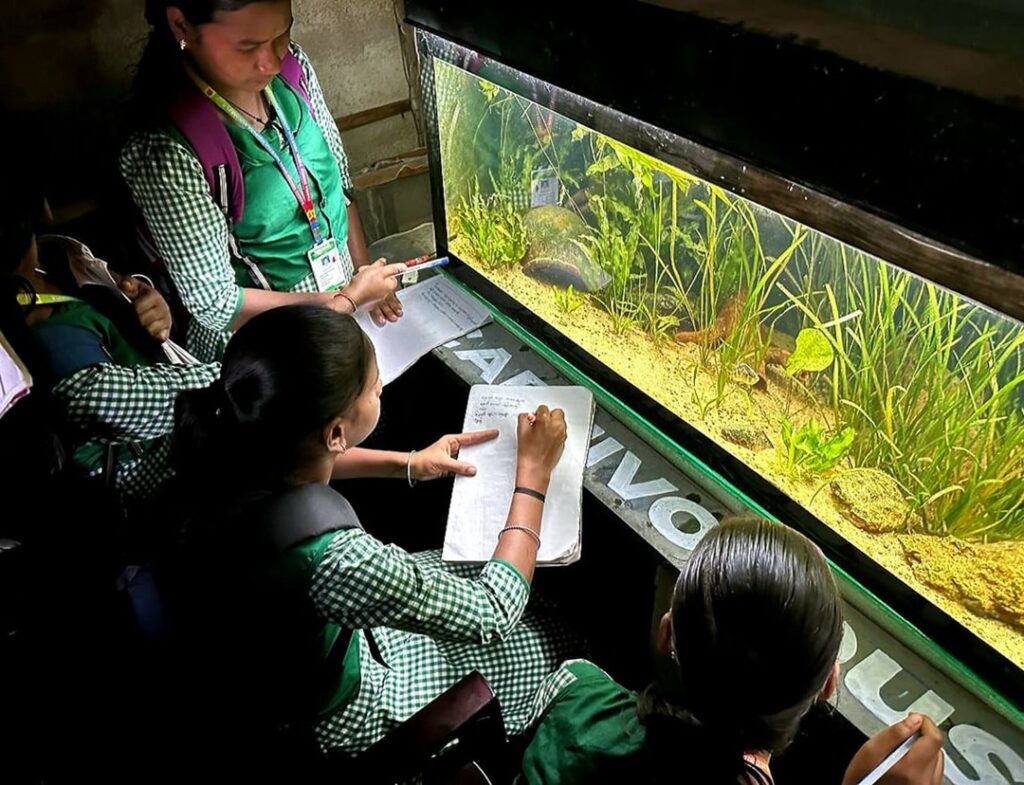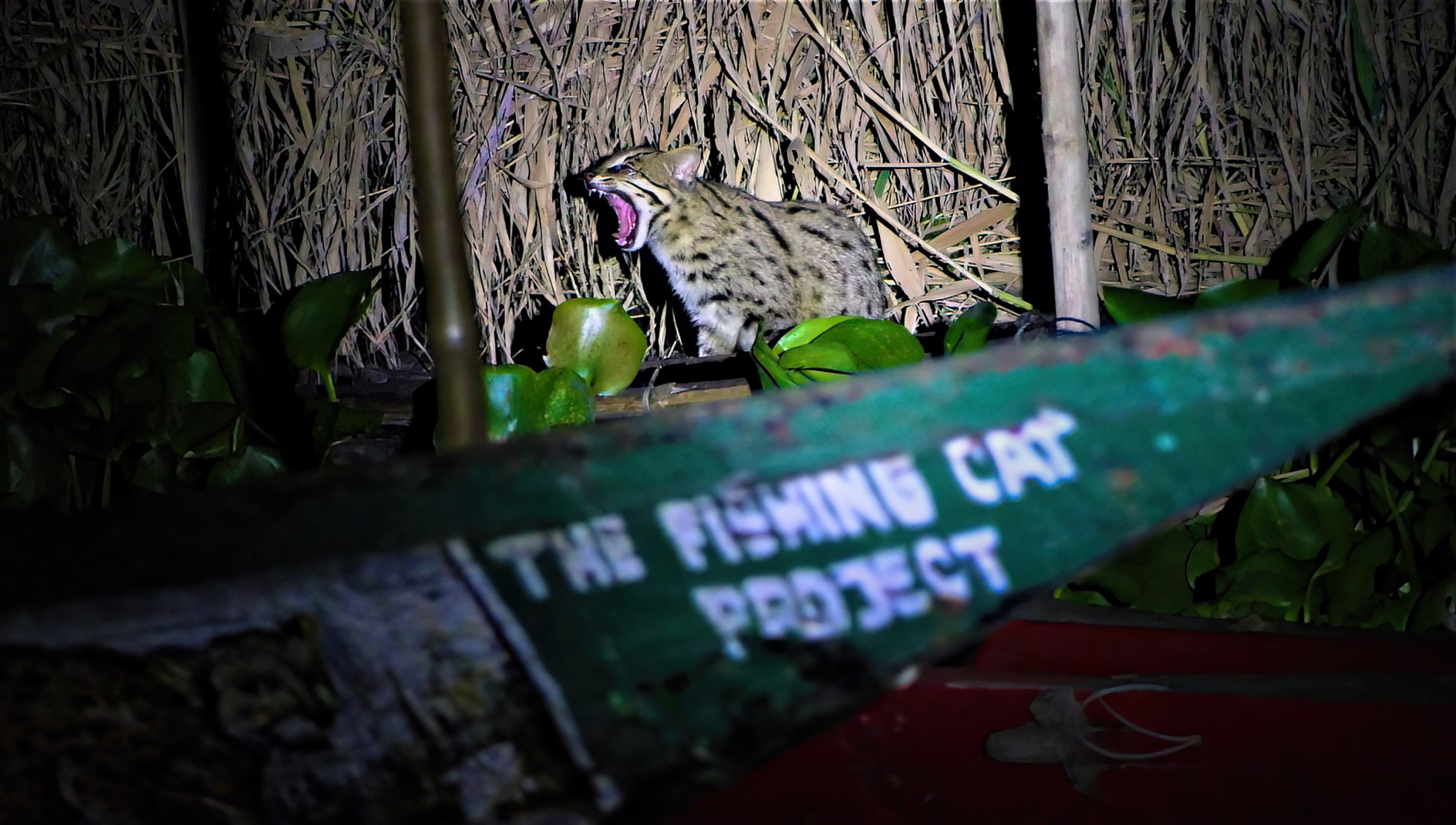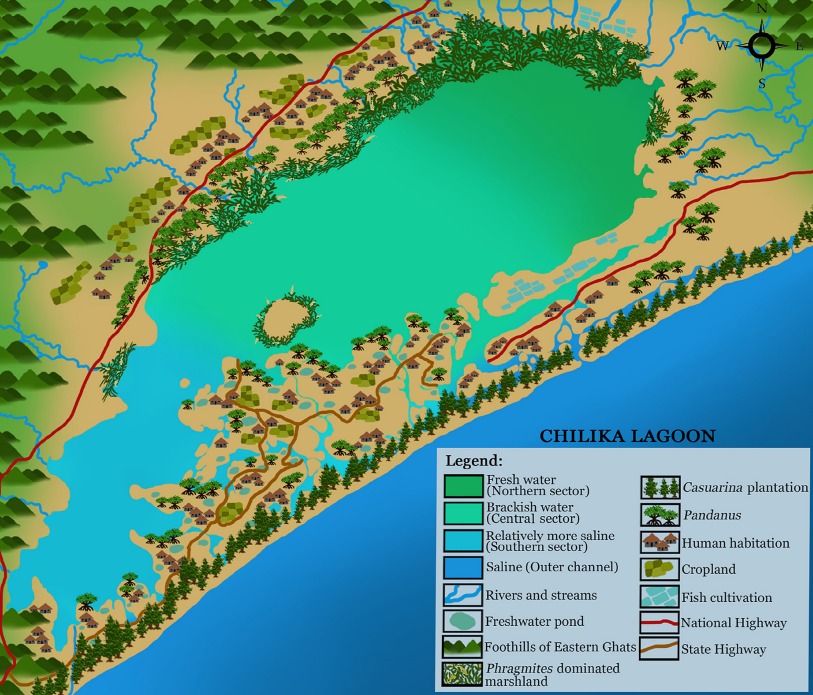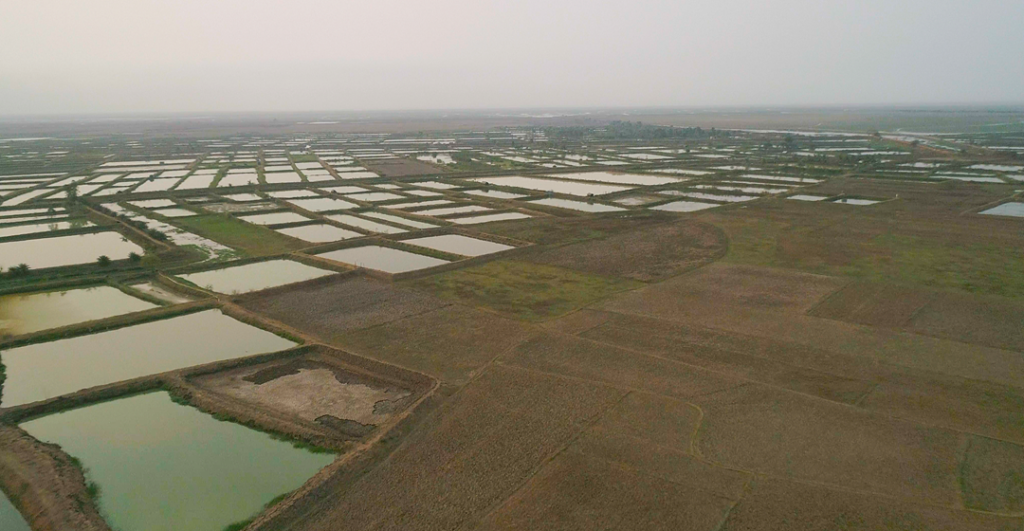Fish – Fishing Cat – Fisherfolk: Visualising the Persistence of a Rich Socio-Ecological System
HEAL has expanded its work in Eastern India. Partnering with The Habitats Trust, we are now conserving the Fishing Cat and its threatened marshland habitat in Chilika – India’s first Ramsar site, located in Odisha.
This initiative is being implemented in collaboration with The Fishing Cat Project, led by HEAL’s Joint Secretary & Director of Conservation & Ecology, Tiasa Adhya.
Chilika, Asia’s largest brackish water lagoon, is a highly productive ecosystem. In its northern and northeastern sections, Chilika encompasses a 100 sq km contiguous marshland situated between two protected areas on the Indian East Coast: Bhitarkanika in the north and Coringa in the south.
Characterized by open waters in river channels, wet meadows, and tall reeds, this marshland has been identified by The Fishing Cat Project as having significantly high Fishing Cat occupancy. As a result of their efforts, the Fishing Cat was declared Chilika’s ambassador in 2020.
Besides the Fishing Cat, two otter species—the Smooth-coated Otter and the Eurasian Otter—also inhabit this area. Sediments carried by the Mahanadi River and seasonal rivulets support the lush growth of macrophytes, providing food, refuge, and breeding grounds for a wide variety of organisms. These include thousands of resident and migratory wetland birds such as moorhens, jacanas, bitterns, grebes, and teals, as well as other fauna like mollusks, crustaceans, snakes, amphibians, and freshwater fishes including catfishes, snakeheads, barbs, gouramis, eels, and carps, which serve as prey for the Fishing Cat.

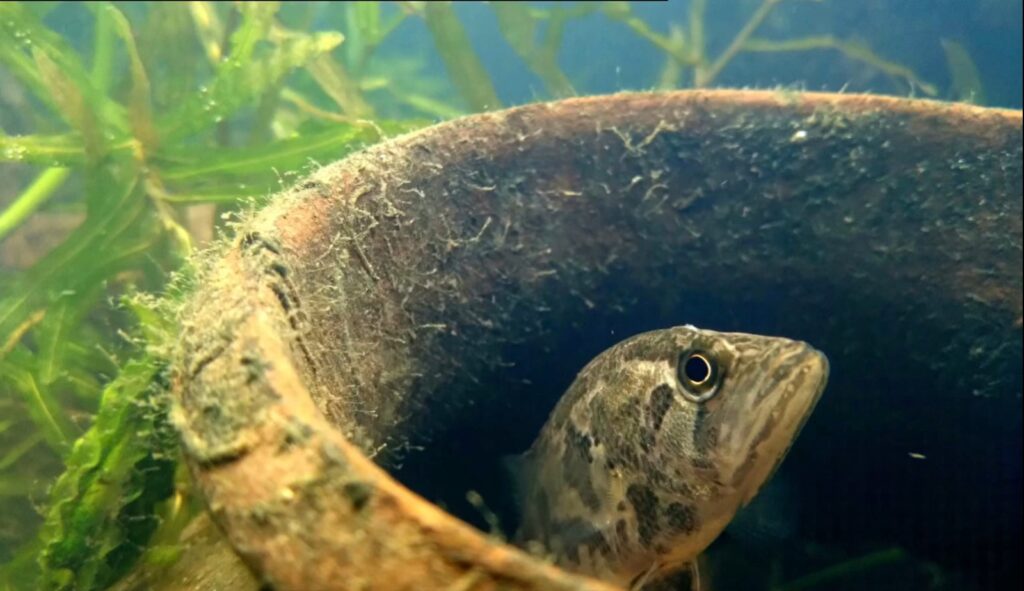
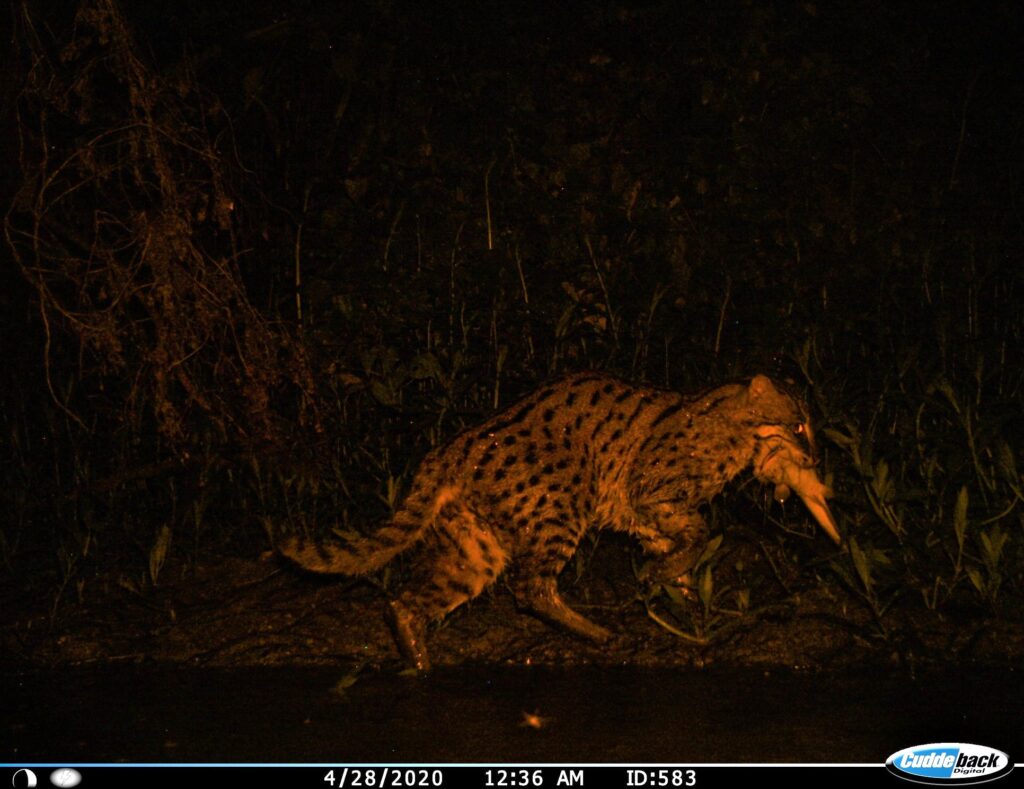
Chilika’s 100 sq km marshland is a crucial habitat for the Fishing Cat and a vital source of livelihood for around 200,000 fishermen. However, this delicate ecosystem faces significant threats from habitat degradation. Eutrophication due to hyacinth invasion diminishes fish abundance and leads to the loss of livelihoods, accelerating the conversion of marshlands into large aquaculture farms that further pollute Chilika’s waters and deplete fish resources.
Recognizing that the fate of Chilika’s Fishing Cats and fisherfolk community is intertwined with the health of this wetland, we have launched the project “Fish – Fishing Cat – Fisherfolk: Visualising the Persistence of a Rich Socio-Ecological System”, in collaboration with The Fishing Cat Project, to protect this critical ecosystem and its ambassador.
Through this initiative, we aim to:
1. Strengthen Fishing Cat monitoring protocols and habitat management by synchronizing the roles of various stakeholders that govern and use this landscape, such as the Chilika Wildlife Division (protection agency), Chilika Development Authority (management agency), and the indigenous fisherfolk community.
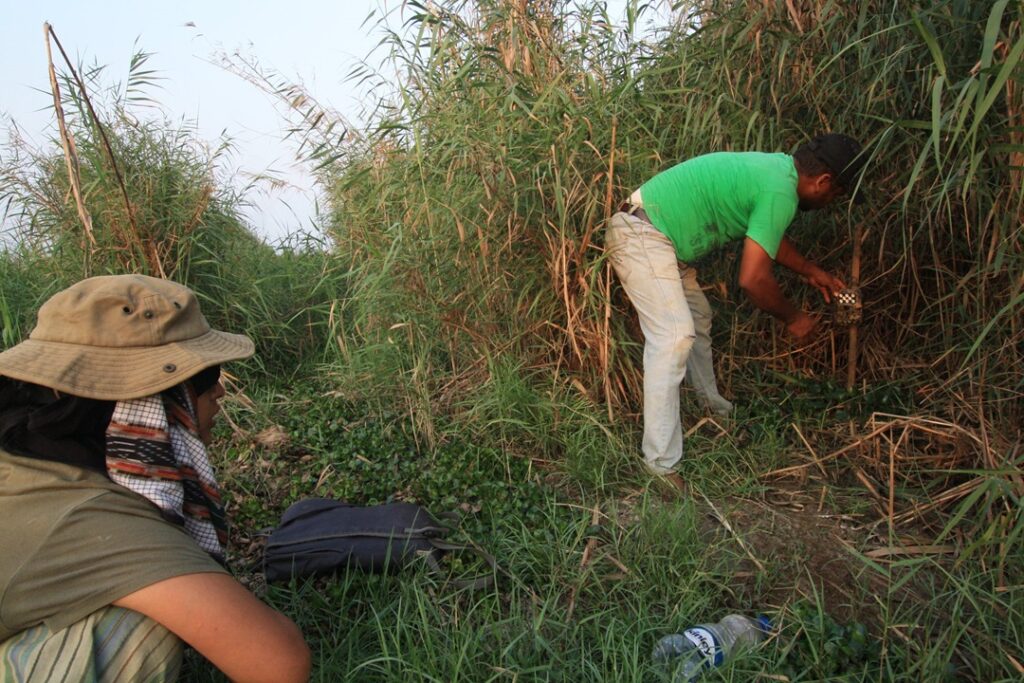

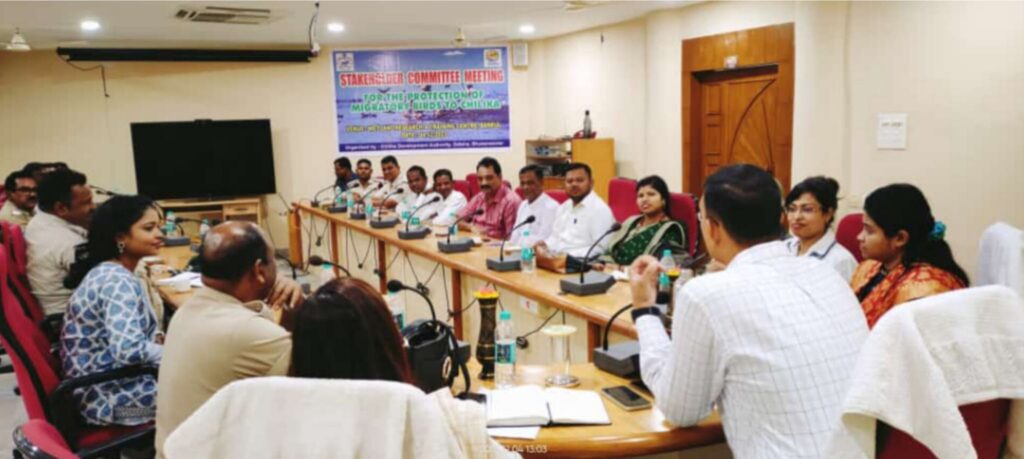
2. Develop a Fishing Cat conservation plan using a participatory framework that links local livelihoods to resource enhancement and maintenance programs. This involves the promotion and marketing of Chilika Red Rice—a flood-tolerant wetland rice variety that provides seasonal habitat to Fishing Cats.
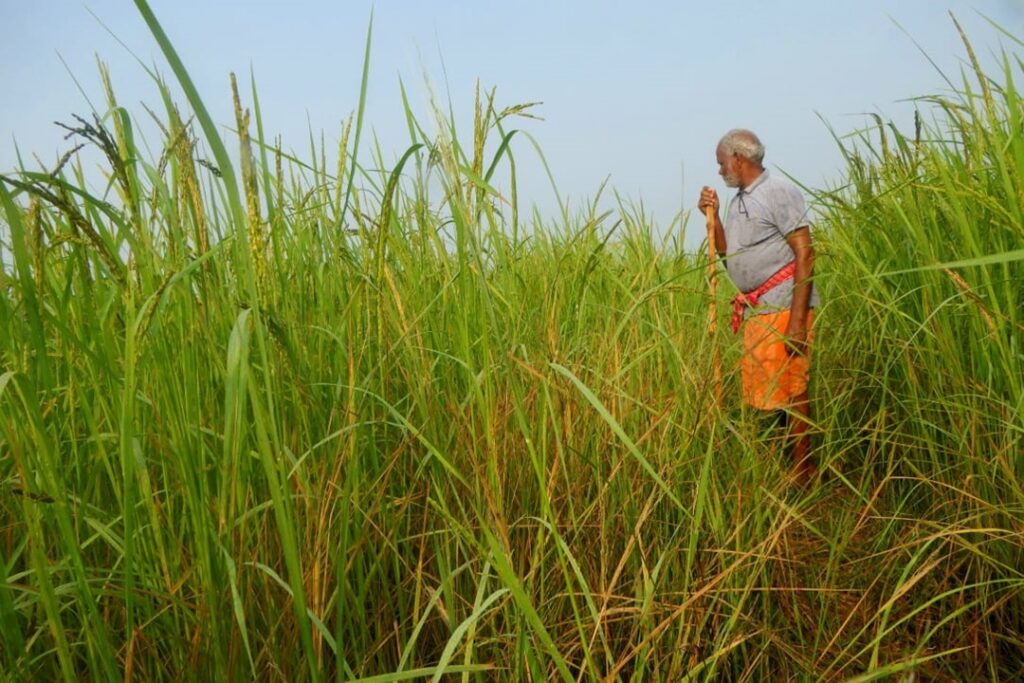
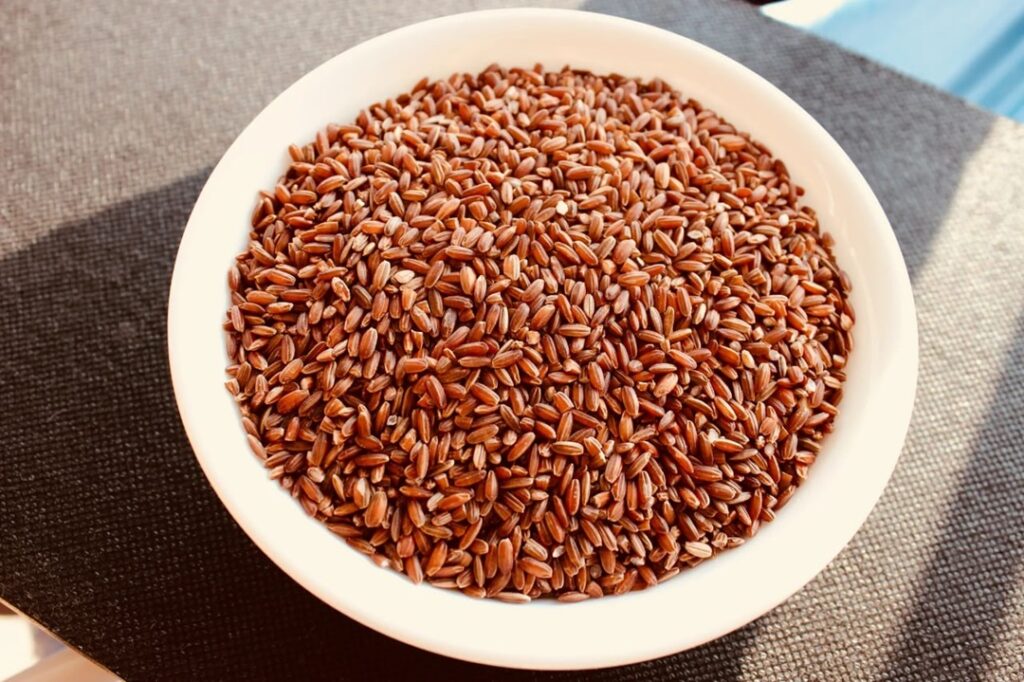
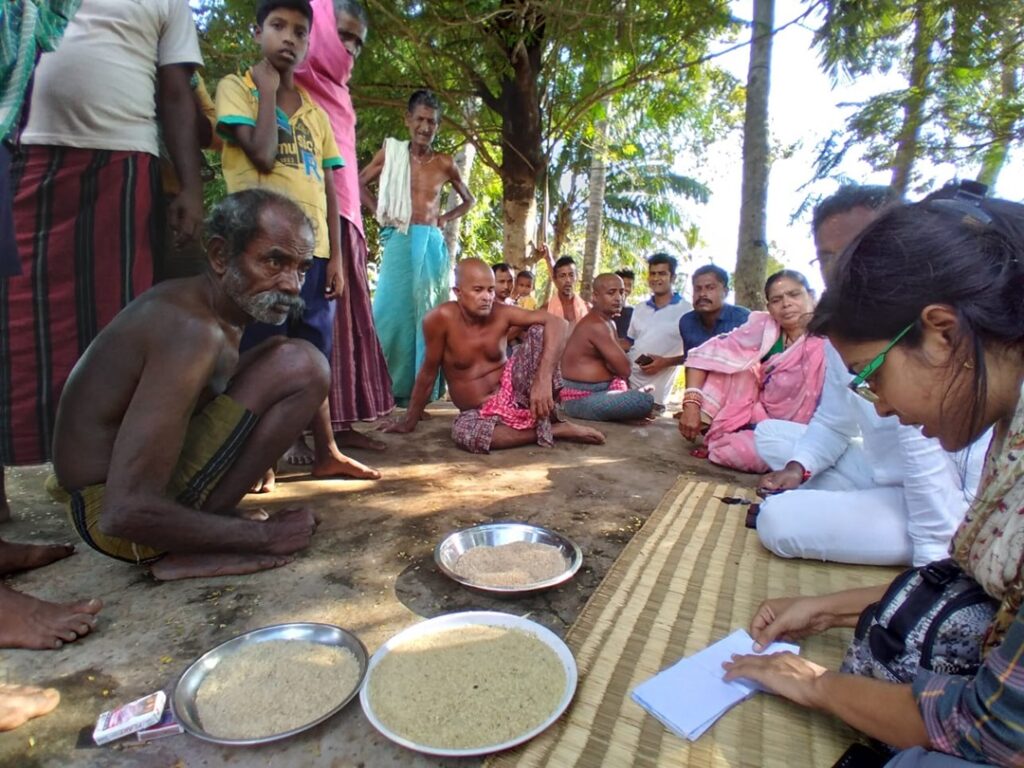
3. Nurture stewardship and inspire advocacy for marshland ecosystems and Fishing Cats through innovative education programs. Under the program “Mo Chilika, Mo Gorbo” (My Chilika, My Pride), 80 nature-curious students from 8 local schools are being educated about the rich natural heritage of Chilika and its conservation challenges. Following this, they will be mentored to design and implement a conservation program.


